Beautifully tie a tie, every man needs to be able to, because each representative of the stronger sex will have to put on a strict suit with this accessory at least once in his life, regardless of a personal lifestyle and style. Learning to tie a men's tie does not hurt the representatives of the weaker sex: even to friends and wives, even mothers.
Content
- History of a tie
- Types of ties
- General recommendations for tying a tie
- Ways to tie ties
- Available instructions "How to tie a tie"?
- How to tie a tie: small knot
- How to tie a tie: simple knot
- How to tie a tie: Windsor knot
- How to tie a tie: half -vindor
- How to tie a tie: double knot
- How to tie a tie: Crusade
- How to tie a tie: diagonal knot
- How to tie a tie: knot prince Albert
- How to tie a tie: free knot
- How to tie a tie: new classics
- How to tie a tie: American knot
- How to tie a tie: butterfly
- How to tie a tie: Eldridge knot. Video
- How to tie a tie on an elastic band
- Women's ties
- Tips for successful ties
A man’s tie is one of the best elements for self -expression of mood, character, habits, traditions and life values \u200b\u200bin a conservative official style. Even if a man is not a fan of a business style in everyday life, he will need to tie a tie, put on a suit, shirt and shoes at least several times in his life.
Any solemn and official events, without which the life of a modern man cannot do without a shirt and a properly tied tie. If your beloved businessman, then you just need to know the basic rules and be able to quickly tie a tie when he is in a hurry in the morning.
History of a tie
The ancient Chinese warriors were protected from cold winds with a piece of matter tied around the neck. After the Roman legionnaires used tied shawls on the neck to protect against skin friction with armor. The first concept of a tie (from the French “Cravate”) appeared at the court of Louis XIV in the form of lace scarves on the necks of men. The supplier of such products of the king bore the position of stolen.
Madam de la Valier brought fashion to such bows in women at the court of King Louis himself. In the 18th century, the fashion began on our scarves, wrapped several times, which arbitrarily raised the chin of men and gave the image of light arrogance. In France, there were even clubs in which men learned to tie and wear such scarves.
When a folk collar came into fashion, the first modern ties of a thin type appeared. Such accessories came to us from the English aristocracy. Participants in horse-drawn competitions and yacht clubs competed in new fashion. The concept of a tie came to Russia during the reign of Peter I and is formed from German words - “hals” and “tuch” - that is, the neck and scarf.
There is also a scientific theory of tie ties. Modern science is known about 85 options. In the broad masses are not known ten ways. Physics researchers T. Fin and Yu. Mao invented a simple model using mathematical calculations, which will allow you to create 85 unique nodes.
Types of ties
To begin with, you should decide on the choice and appropriateness of a tie model for your man, because there is no universal tie for any occasion. This important male accessory is presented today in a very wide range and you need to know which one you need:
- Butterfly. You need to purchase and tie a butterfly tie only if you already have a tuxedo. A black color is considered a classic style, but for especially self -confident men there is no limit of colors and prints on a butterfly.
- To peas. It is believed that the smaller the pea in its diameter in the print of the tie, the more universal and practical such an accessory. For responsible official events, small peas are suitable, and with large elements you need to be careful.
- Club. This tie for an informal environment will tell about the character and hobbies of the owner. The little men, rackets, yachts, planes and even plush bears or naked girls in patterns on a tie will help you arrange surrounding people and attract attention.
- Plain. Choose the color of such a tone gamut that the accessory combines with most men's costumes or emphasizes compliance with the suit and shirts. A single -color, beautifully tied tie of bright scarlet color refreshes the appearance and is a certain sign of leadership, power and success in all areas.
- Striped. Such a male accessory tells us about the straightness and seriousness of a person. It should be selected under a monophonic coloring of a shirt and costume.
- With a print. Such a men's tie is appropriate for work or meetings, but the pattern itself should not be very fun.
- Dark. Such a male accessory in a good combination with a light shirt is considered appropriate for any business clothing. However, such an accessory will not look quite elegant if it is not one tone lighter than a male jacket.
- Bright. Only young people can acquire very saturated colors of ties, but older men will be able to try on such a tie with a light light suit at a warm resort.
General recommendations for tying a tie
- Collar. Wide voluminous nodes are suitable for cut shirt collars. If the face and gate of the shirt are wide enough, then it is better to make more complex nodes. Subtle, more classic nodes are suitable for the elongated shape of the face with a narrow collar.
- Length. The end of the men's tie must be no shorter and not lower than a couple of centimeters from the middle of the belt. The tie must certainly close the lower button from the shirt and reach the belt. On the raised collar of the shirt, put your accessory so that its narrow lower part is in the middle of the length of the wide.
- Quality. The seam behind the product must certainly be soft, this indicates manual and high -quality work. High-quality accessories are sewn from three different pieces of material, and economy options of two.
- Properly tie a tie directly on the neck, and not in the hands.
- Colors. Classic options are dark ties and a smaller pattern. Bright models and larger patterns are suitable for special informal cases.
- Folds. On simple classic nodes, the folds are unacceptable, and on the wide ones - at the request of the owner.
- Textile. The more complicated the accessory node, the easier and thinner the material should be. A wider part of it should certainly be perfectly flat.
- Knot. For larger and volumetric nodes, a shirt with widely placed corners on the gate is selected. The accessory knot should not be easily tied, it should be moderately tight.
- Color. The accessory should be at least tone darker than a male shirt and tone lighter than a jacket. The color must be combined with a jacket, shirts, shoes and socks.
- Width. The classic tie width is a size of less than 10 centimeters, but not wider. It is believed that the wider the collar of the shirt, lapels, shoulders and the jacket itself, the wider the tie itself should be, so the larger men can purchase accessories more than 10 cm in width.
Ways to tie ties
Consider the popular and basic classical types of methods for weaving components for any tie:
- American.
- Butterfly.
- Baltus.
- Four hands.
- Van Vake.
- Victoria.
- Windsor.
- Oriental;.
- Hanoverian.
- Grander.
- Double.
- Diagonal.
- Italian.
- Cavendish.
- Square.
- Kelvin.
- Cross.
- Christensen.
- Small.
- Muscovy.
- Murrell.
- New Classic.
- Onassis.
- Half -Vindor.
- Pratt.
- Prince Albert.
- Simple.
- Free.
- St. Andrew.
- Trinity.
- Universal.
- Freestyle.
- Four.
- Quaternary.
- Eldridge.
- Elegant.
Available instructions "How to tie a tie"?
Consider various components for different models of accessories.
How to tie a tie: small knot
Making a small node is easier than others, it is relevant for heavy and dense accessories or for thin and silk. The following algorithm will help you tie a tie in a photo with such a small knot:
- put on your neck tie, placing it with the outer side so that the narrow part located on the right is higher than the wide, located on the left and expand this part by the seam;
- connect the part of the part with each other, directing the larger under the narrow;
- place the larger above the narrow, directing to the left;
- place the larger, directing it into the loop from the bottom up from the wrong side;
- drink most of it, directing it from top to bottom into the outer loop of the node;
- tighten and straighten your accessory.
How to tie a tie: simple knot
The so -called “four” and four or two pairs of hands is considered simple and relevant for any accessory. The tie tie scheme for such a fairly simple knot will help you master the method without much difficulty:
- place your neck tie, putting it with the outer side so that the narrower part on the right is higher than the wider on the left by at least 25 cm;
- connect both parts crosswise, directing the larger to the right on top of the narrower;
- place the larger under the narrow, directing to the left;
- place the larger in the loop from the bottom, directing up from the wrong side;
- spend the larger on top of a narrower one, directing to the right;
- place the larger from the inside and up;
- drink most of them from top to bottom into the outer loop;
- tighten and straighten your accessory.
How to tie a tie: Windsor knot
Such an elegant species is suitable for both narrow and wide complex models. How to tie a tie in the picture with a very popular method today, see below with the algorithm:
- place your tie on the neck with the outside so that its narrow part on the right is higher than the wider on the left by at least 25 cm;
- connect both parts crosswise, directing the larger to the right on top of the narrower;
- bring more in the cervical loop, in the direction from top to bottom;
- large at the knot, directing to the side;
- once again wrap a wider end through the entire loop;
- draw a large on top above the narrower;
- again drive the larger into the loop, directing it from the bottom up;
- drink a large into the outer loop;
- administrate the length and tightness for your accessory.
How to tie a tie: half -vindor
Learn and understand how to tie a tie with step -by -step photos in a simplified Windsor style, you can help you an algorithm:
- place your tie on the neck with the outside so that its narrower part on the right is higher than the wider on the left by at least 25 cm;
- connect both sides crosswise, directing the larger part to the right on top of the narrower;
- spend more around the narrower;
- the wide is spreading into the loop in the direction from top to bottom;
- wrap the larger around the entire node;
- drink a large loop again;
- drink most of the node up the outer loop down;
- tighten the knot and adjust the shape of the accessory.
How to tie a tie: double knot
The accessory must be taken longer and from soft and loose fabric. This method is perfect for shirts with a very long collar. The algorithm is this:
- place your tie on the neck with the outside so that its narrower part on the right is higher than the wider on the left by at least 25 cm;
- connect both sides crosswise, directing the larger part to the right on top of the narrower;
- pass the large under a narrow;
- again wrap the large above the narrow;
- remove the larger on top of the narrow part again;
- place the larger in the loop from the bottom, directing it from the inside;
- pass the tie into the outer loop of the node;
- correct the knot, adjust the length.
How to tie a tie: Crusade
Such a long node is also called square or Italian, which used to be knitting on accessories with the same widths. Suitable for shirts with a high collar. We tie it like this:
- place a tie on the neck with the outside so that the narrow part of it on the right is higher than the widest on the left by at least 25 cm;
- combine both sides crosswise, directing the large part to the right on top of the narrow;
- pass the larger under a narrower one;
- from below, go around the left side of the loop with a wide part with the seam, directing it out;
- over a narrow stretch over the right;
- placing a large in the middle, place left under a common loop;
- spend your tie in the outer loop of the node in the direction down.
How to tie a tie: diagonal knot
One of the rather complex and unusual methods is tied as follows:
- we cross the parts and place wider above the narrow, directing to the left;
- we stretch the right to the narrow behind the narrow;
- circle around and again direct the large right around the narrow;
- we draw a large loop, directing inward;
- we guide the most part to the left;
- most of it is drawn into the outer loop of the accessory.
How to tie a tie: knot prince Albert
Actual for narrower and thin accessories and shirts with longer collars. It is knitted with this method:
- cross the parts and place the larger over narrow;
- start a large one for a narrow one;
- get out again in front of a narrow large one;
- back the narrow wide;
- spend the big again in front of the narrow;
- bring a large unit in the cervical loop;
- spend a large under the loop of the node outside.
How to tie a tie: free knot
It looks gorgeous on silk accessories and is done this method:
- most of the cross is directed on top of a narrow to the left;
- we wrap for a narrow one and guide the right;
- we spread a tie in a loop from above;
- we stretch the most part over the knot;
- we extend the larger from the bottom into the loop;
- in the new outer loop we pull down.
How to tie a tie: new classics
The Italian narrow knot is made by the following principle:
- cross, a wide part on top of the narrow is directed to the left;
- wide rises upwards inward;
- we spread a tie in a loop from top to bottom;
- we direct the most part to the left over the node;
- we will direct most to the cervical loop;
- we will pull the accessory out through the outer loop.
How to tie a tie: American knot
We tie this method:
- cross, a wide part on top of the narrow goes to the right;
- the wide is directed into the loop from top to bottom;
- the knot is slightly tightened;
- most of us pull the right above the knot;
- we spread in a loop in a wide part;
- we stretch the accessory in the loop outside.
How to tie a tie: butterfly
The butterfly is quite simply tied and worn with a tailcoat. The algorithm is this:
- the left side should be a couple of fingers shorter than the right;
- put the long part on top;
- make the long part into the cervical loop;
- fold the short part in the shape of a bow;
- on top of it and vertically lower the long end;
- get the long part by the bow layer;
- move the loop into a knot behind a bow;
- tighten the knot for both ends of the butterfly.
How to tie a tie: Eldridge knot. Video
Such a rather complicated knot is better to learn to tie a tie from the video:
How to tie a tie on an elastic band
It is not necessary to tie a tie on an elastic band at all and this is very convenient for schoolchildren or office workers of the young generation.
Women's ties
Such a male accessory has long been loved by the representatives of the weaker sex. Girls can safely wear ties in the office and parties. Madame de la Valier, writer Georges Sand and actress Marlene Dietrich began to wear ties. Also, the fashion for strict women's ties began in the military uniforms of the First World War.
Today, this style is welcomed by office emancipated business ladies, as well as in sophisticated and feminine nature, depending on the texture. Glasts made of lace, silk, woven from beads or with embroidery and stones usually do not reach a thin female waist.
Tips for successful ties
When choosing accessories and clothes for a business male style, some basic rules of win -win combinations of colors and colors should adhere to:
- the collar and accessory of the accessory must certainly be the same size;
- accessory and shirts with a pattern and a one -color jacket in the color of the accessory;
- an accessory with a pattern and one -color jacket and shirts;
- one -color light jacket, medium tones shirts and a dark accessory;
- one -color medium tones jacket, light shirts and a dark accessory;
- one -color dark jacket, light shirts and light accessory;
- jacket and accessory with one pattern and single -color shirts;
- a jacket with a pattern and one -color shirts and an accessory;
- the print of a jacket and shirts coincides in color and a one -color accessory;
- shirts with print and single -color accessory and jacket;
- with a shirt in a cage, wear darker accessories in a cage or strip with at least one coinciding color on a shirt;
- with a striped shirt, wear a strip or peas;
- complex textures are paired with simple.
There are also rules for selecting flowers of plain shirts and ties:
- white shirt - red, black tie;
- blue - purple, blue;
- yellow with purple and vice versa;
- green - darker or light green;
- red with pink and vice versa;
- orange - blue, beige;
- black - red, white.






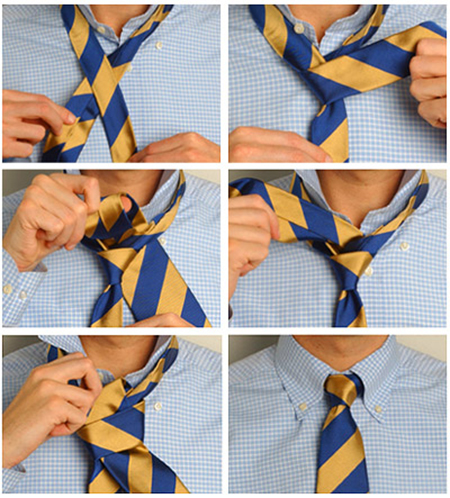
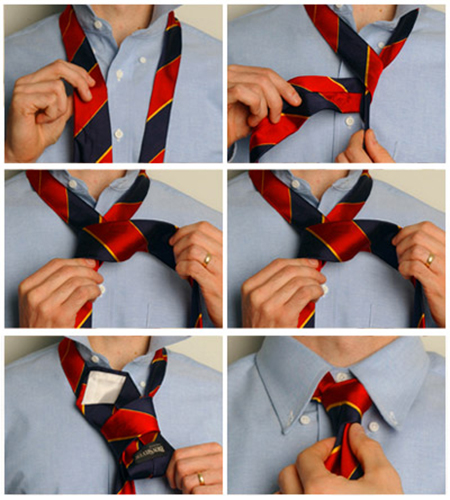

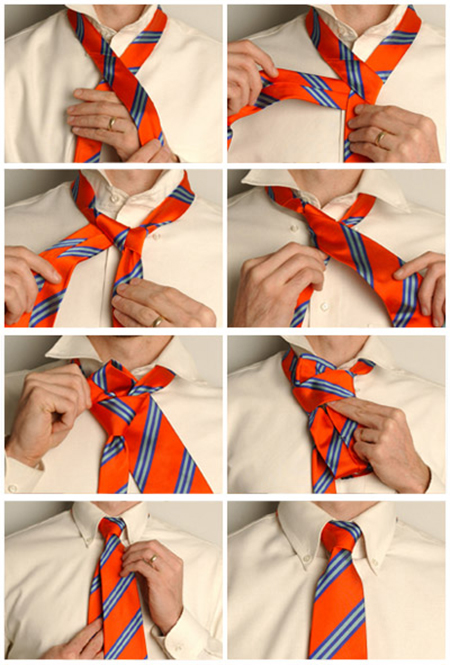

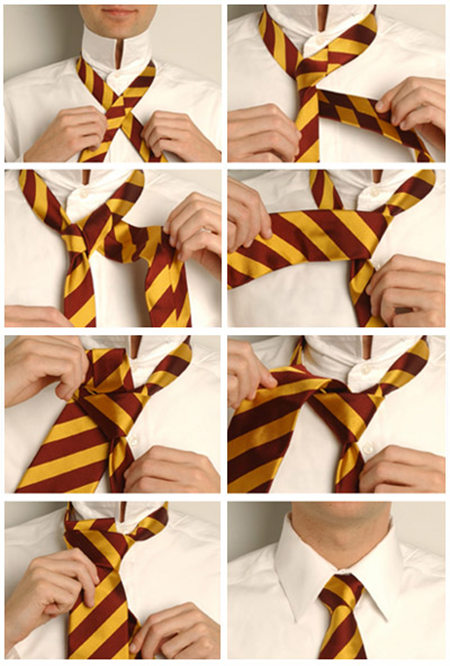



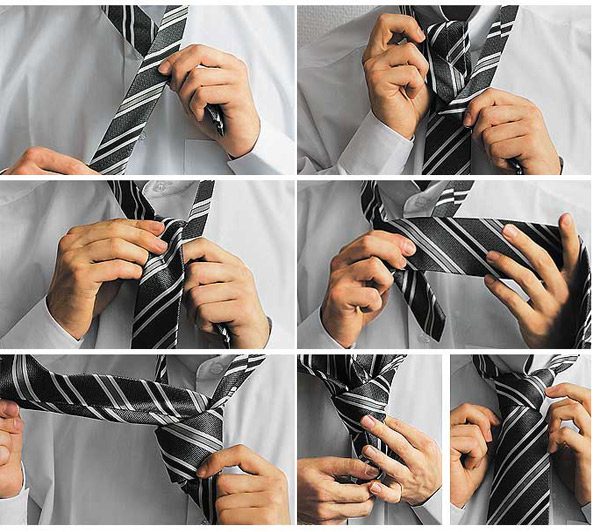

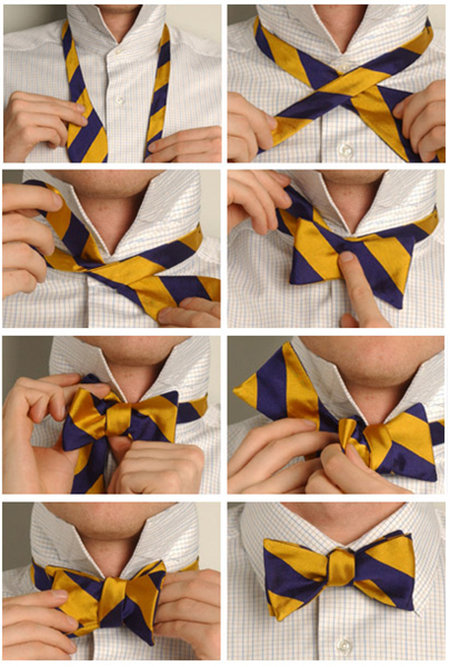

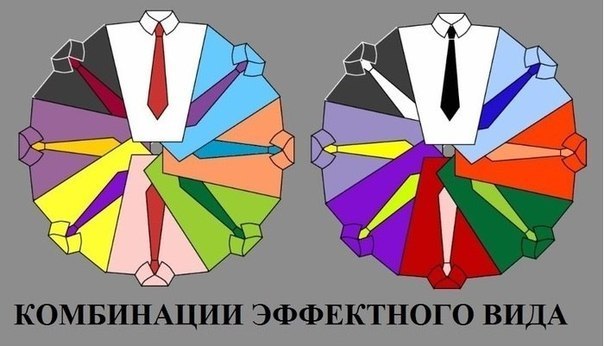







Comments
a couple of years ago, there was no side of metrogils from the same problem, there were no side effects ...
I’m not a fan of peeling at all, it saves from acne of metrogil, it also smoothes it ...
Great article! ...
I take the second course of the Capsules Climafite 911. The tides went very quickly. It became calmer, irritability went away and I sleep well ...
i also noticed - it is worth nervous, everything immediately affects the face. Therefore, I try to avoid conflicts and unpleasant people. Of the creams, I like Miaflow from wrinkles - smoothes not only small wrinkles ...